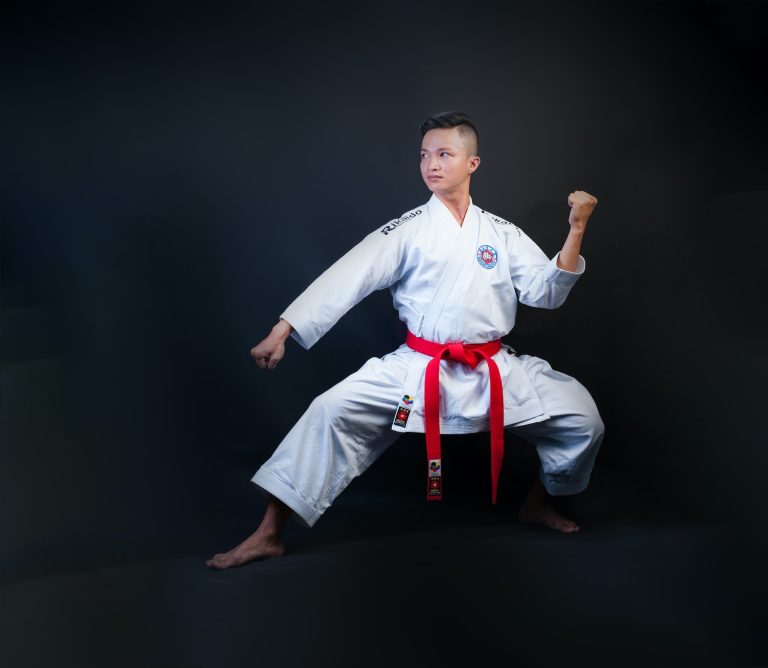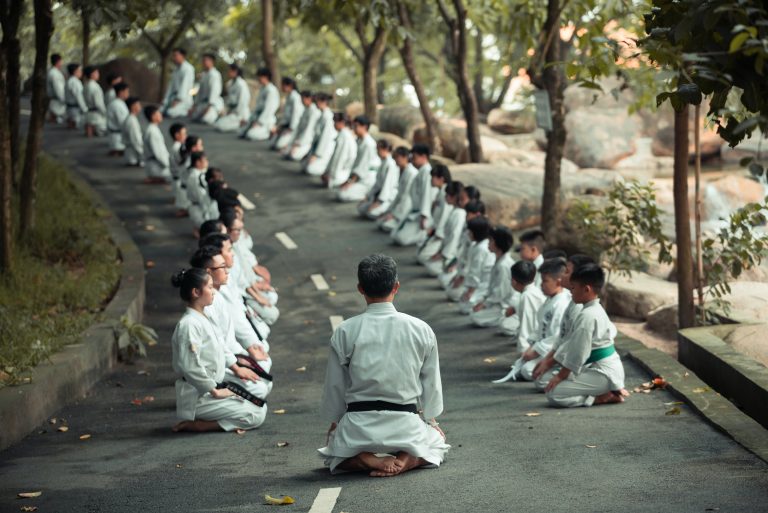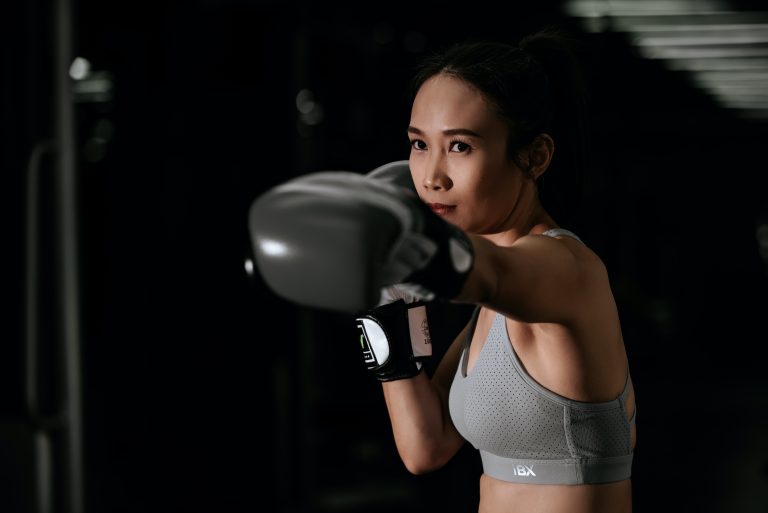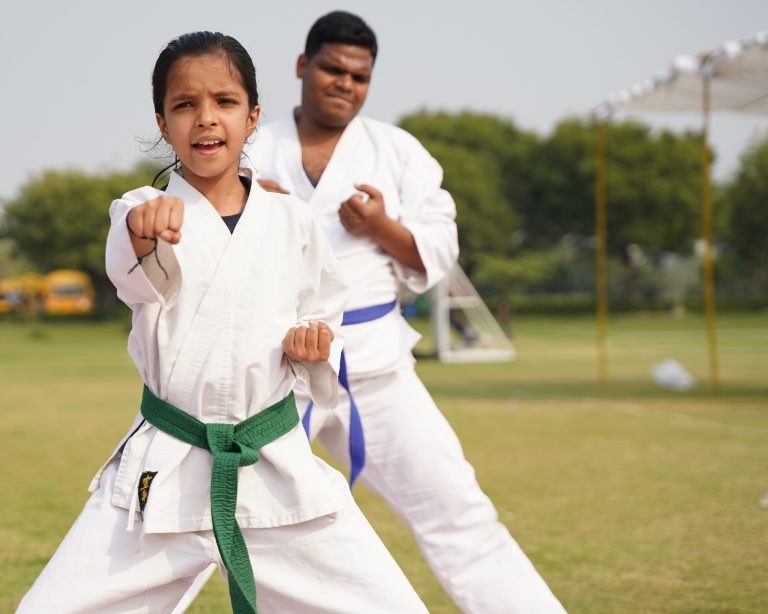Introduction
Karate is one of the oldest and most widely practiced martial arts in the world. This ancient art combines the physical and mental disciplines of hand-to-hand combat and has been adopted in many countries across the globe. Many people are curious about the different aspects of Karate practice, including what type of training is necessary and what equipment is needed. Today, we will answer the question: What is the difference between Kata and Kumite in Karate?
Body
Kumite and Kata are two types of practice in Karate that can both be beneficial depending on the individual’s goals. To really understand the differences between the two, it is important to understand the purpose behind them.
What is Kumite?
Kumite is a type of sparring or fighting in Karate. It is designed to simulate a real-life self-defense situation where two people are in an altercation and need to defend themselves. Kumite training provides an opportunity for Karate practitioners to utilize their skills in an active practice session, which is important for mastering defensive maneuvers and developing speed and power.
The goal of Kumite is not to hurt your opponent but to score points against them by executing successful strikes, blocks, and counterstrikes. The most common form of Kumite is free-style, which allows for a more spontaneous and unpredictable form of sparring. Other types of Kumite include instruction-style, human kumite, and prearranged forms.
What is Kata?
Kata is a systematic, choreographed series of techniques that include offensive and defensive maneuvers and life-like situations. Practicing Kata can help Karate practitioners increase body control, speed, power, timing, balance and flexibility. For example, one popular Kata called Heian Shodan consists of 25 movements to help combat practitioners develop blocks, punches, strikes, kicks and evasion techniques. In order for Karate practitioners to master and perfect the Kata, they must do each technique with precision and have a true understanding of the techniques that are being performed.
Karate students may be proficient at Kata, but they must also have a proficient understanding of Kumite in order to excel at applications of Karate techniques in self-defense situations.
The Benefits of Kata and Kumite
Both Kata and Kumite offer Karate practitioners a variety of benefits. Practicing Kata helps practitioners develop better body control, mental concentration, accuracy and muscle memory by repeatedly performing a particular set of movements in order to achieve perfection. In addition, it also teaches practitioners how to respond appropriately in any given situation. On the other hand, practicing Kumite helps practitioners develop an even better understanding for Karate applications in real life, as well as increased confidence and physical capabilities.
In addition to these benefits, both Kata and Kumite provide important elements for advancing a practitioner’s rank within the belt system. Practicing both Kata and Kumite helps practitioners understand a variety of offensive and defensive techniques, which is essential for achieving higher ranks.
Conclusion
Kumite and Kata are both important elements in the practice of karate. While they both offer unique benefits to practitioners, they must be approached differently. While Kumite focuses on self-defense applications in a real-life situation, Kata requires more controlled movements that emphasize precision, accuracy, timing and perfecting technique over time.Regardless of the type of practice you choose, developing proficiency in both types can prove beneficial for your overall karate training.
What is Kumite?
Kumite is a term used in martial arts that refers to a style of sparring, which involves practitioners engaging in combat with each other to improve their fighting techniques.
In Kumite, two individuals are matched up and engage in a simulated fight that is meant to be as close to real combat as possible. The goal is to test and refine their skills, as well as to determine how well they are able to execute different techniques in a real-world scenario.
In this blog post, we’ll explore some of the most frequently asked questions about Kumite, including what it is, how it is performed, and the rules and variations that apply in different martial arts disciplines.
What is the Purpose of Kumite?
The primary purpose of Kumite is to improve a practitioner’s fighting skills by simulating real combat. By sparring with another person, martial artists are able to test their techniques and develop their reflexes in a safe and controlled environment.
Kumite also helps to develop a practitioner’s mental and physical toughness, as it requires a great deal of physical endurance, as well as the ability to think quickly and adapt to changing situations.
Beyond this, Kumite is an important aspect of most martial arts disciplines, as it allows students to apply their training in a practical setting and to measure their progress against other practitioners.
How is Kumite Performed?
In Kumite, two individuals are paired up and engage in a simulated fight with each other. The match usually takes place within a designated area, such as a ring or dojo, and is typically supervised by a referee or coach who monitors the situation and ensures that the rules are being followed.
The sparring match can be either prearranged or free-style, depending on the martial arts discipline being used. In prearranged Kumite, the techniques are choreographed and both fighters know exactly what will be done, while in free-style Kumite, fighters are allowed to use any technique they choose and score points by landing blows on their opponent.
Different martial arts disciplines may also have their own set of rules and variations for Kumite, such as the use of protective gear or limited types of strikes.
What are the Rules of Kumite?
The rules of Kumite vary depending on the martial arts discipline being practiced. However, some general principles and guidelines that are commonly followed include:
– Points are awarded for successfully landing a strike on an opponent
– There are typically restrictions on the types of strikes that can be used, such as no hits to the head or groin
– The match may have a time limit or may continue until one fighter scores a predetermined number of points
– In some disciplines, protective gear is required, such as gloves or a mouthguard.
It’s important to remember that the rules of Kumite are designed to ensure the safety of the fighters while still allowing for a realistic and challenging experience.
What are Some Variations of Kumite?
There are many variations of Kumite, each with its own set of rules and techniques. Some of the most popular variations include:
– Jiyu Kumite: This is free-style Kumite, where fighters are allowed to use any technique they choose and score points by landing blows on their opponent.
– Ippon Kumite: In this form of Kumite, each fighter gets one chance to score a point by landing a specific technique on their opponent.
– Shiai Kumite: This is a competition style of Kumite, with fighters being divided into weight classes and competing against others of similar size and skill level.
Other variations of Kumite may focus on specific aspects of martial arts training, such as grappling or striking techniques.
Conclusion
Kumite is a vital aspect of most martial arts disciplines and serves the purpose of improving a practitioner’s fighting skills and mental toughness. With different variations and rules, Kumite can offer a range of challenges and benefits to martial arts students of all skill levels.
By understanding the basics of Kumite, students can approach this aspect of their training with confidence and an appreciation of the value it can bring to their overall martial arts practice.
Inhaltsverzeichnis






